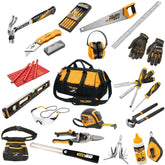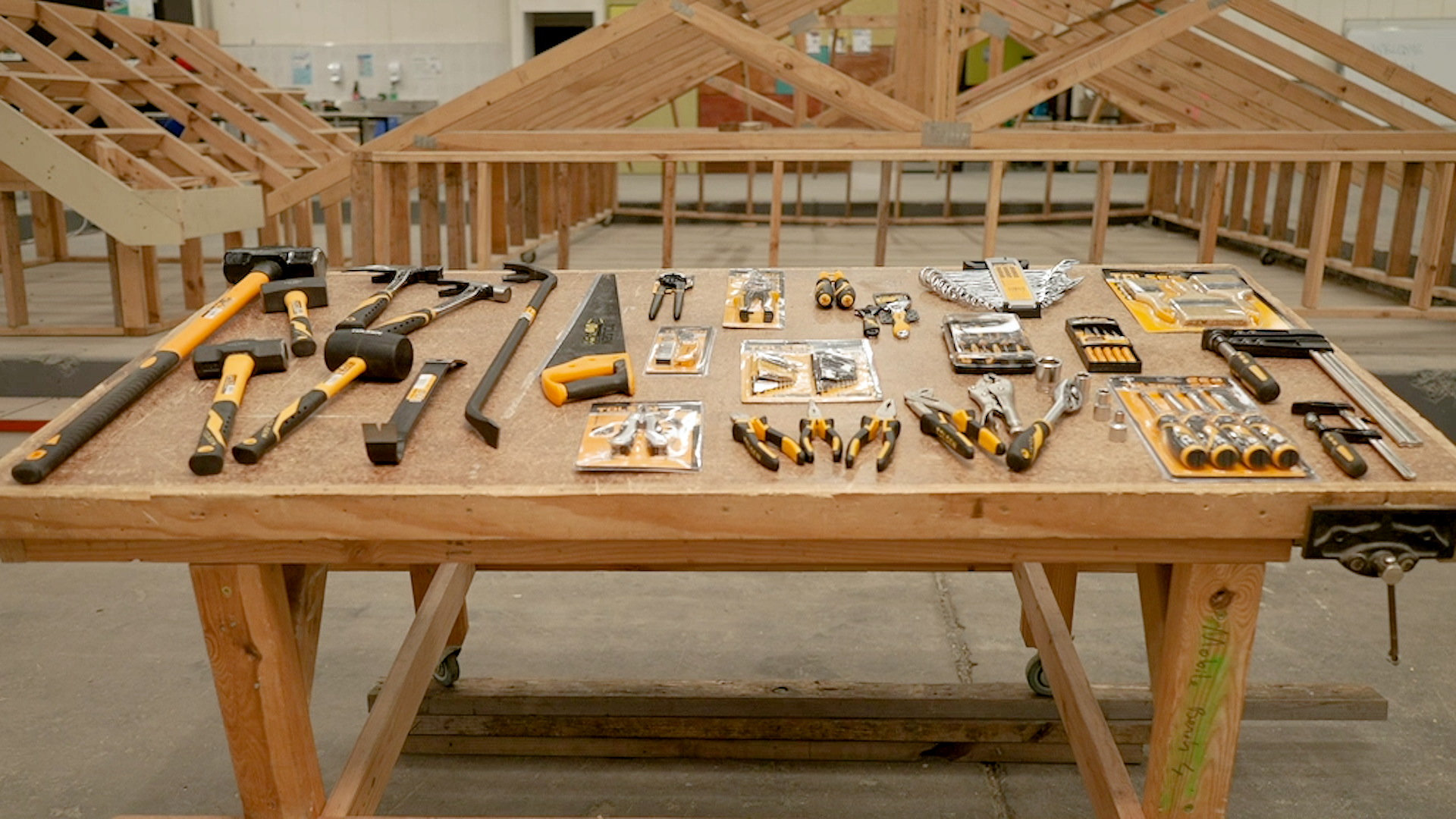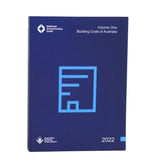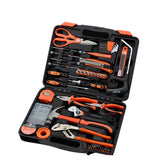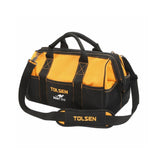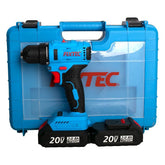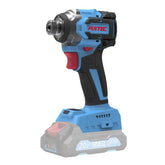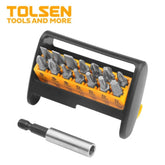What are the hand tools?
Wood Chisels, Allen Sets, Wrenches, Banding Machines, Tweezers, Hammers, Iron Cutters, Iron Graters, Hacksaws, Files and Rasps, Electrical Tapes, Razors, Cable Chisels and Scrapers, Snow Shovel, Crow Noses, Nippers, Check Pen, Pipe Wrench, Socket Sets, Levers, Vise, Meters, Crimpers and Chisels, Measuring Tools and Calipers, Pliers, Rivet Pliers and Accessories, Pin and Point Punches, Wire Brushes, Saws, Screwdrivers and Screwdrivers Sets, Screws, Nails, Dowels, Crochets, Side Chisels, Punches, Abrasives and Digging Blades... etc.

A hand tool is any tool that is powered by hand rather than a motor. Hand tool, any of the implements used by craftspersons in manual operations, such as chopping, chiselling, sawing, filing, or forging. Complementary tools, often needed as auxiliaries to shaping tools, include such implements as the hammer for nailing and the vise for holding.
Having good tools is essential to do the job successfully. The quality tools you choose are worth the extra expense, because not only will you have longer-lasting tools, you will also avoid a lot of trouble. For your toolbox or workshop, it is important to pay attention to the small hand tools required for any repair and maintenance work.
While you can supply hand tools individually, you can also obtain them as a set. The tools that provide convenience to us in our works designed according to the usage areas and usage purposes are called hand tools.
You will hang a painting on the wall, you need to hammer a nail or a screw-on your furniture has loosened and you need to tighten the screw. There are many tools you need to do them practically. These products, which help to make renovations such as screwdrivers, hammers and pliers, are not technological like power tools. Since they do not work with the help of electricity, more power is required when using them. For this reason, they are also known as mechanical and force tools.
Hand Tools should be suitable for the job to be done, well maintained and maintained by competent persons. It should be stored in a suitable place. Defective ones must be replaced or repaired immediately. The stems should be suitable, should not come out easily, should not be cracked or broken. Its stems should not be oily and slippery. Random extension arms such as pipes and rods should not be used. While working with small parts, it should not be worked without clamping. The working machines should not be intervened with hand tools until they are stopped.
The worn and crushed hammer should not be used. A hammer with loose and cracked handles should not be used. Do not hit the material with the edges of the hammer edge and the hammerhead should be hit parallel to the material. It should not hit hard steel material with a well-watered hard hammer. Special grippers should be used to hold the material. Wooden handles should be knot-free, of suitable shape and size of fibrous wood, with rounded edges and without splinters. Hammerheads that deteriorate and burr should be corrected with a file or an emery stone.
